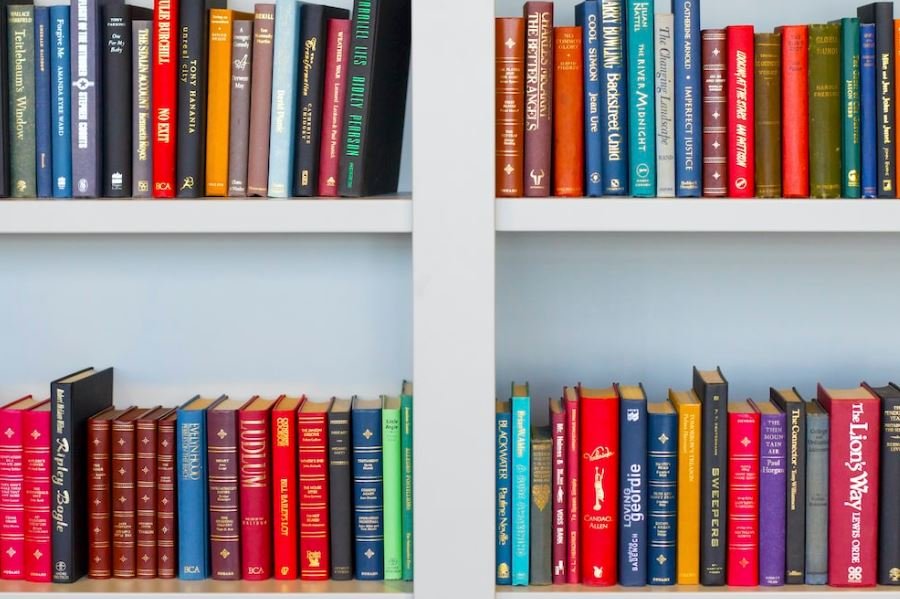Despite the rise of e-books and digital media, many people still have a deep love for physical books. There is something about holding a book in your hands, feeling the texture of the pages, and even smelling the paper that cannot be replicated by a digital device. You might even want to consider knowing how to buy a library ladder to reach your favorite books on the top shelves.
Physical books can hold a sentimental value, reminding us of the time and place when we first read them or the person who gave them to us. Additionally, organizing and displaying physical books can be a creative and enjoyable activity, allowing us to express our personal style and interests. While digital media certainly has its advantages, physical books will always hold a special place in our hearts and homes.
Organizing books in your home can be both aesthetically pleasing and functional. It can also help you easily find the book you are looking for and make your reading experience more enjoyable. Here are some good ideas to organize books in your home:
- By Genre: One of the most common ways to organize books is by genre. This means that all your books related to a particular genre, such as mystery, romance, or science fiction, are placed together. This method makes it easy to find the type of book you want to read and makes browsing for a new book more manageable.
- By Author: Another popular way to organize books is by the author. This means that all books by a particular author are grouped together, which makes it easy to find books by your favorite author. You can also alphabetize your authors to make it easier to find books quickly.
- By Color: A more aesthetically pleasing way to organize your books is by color. This method involves arranging your books by their spine color, creating a beautiful rainbow of books. This method may not be as functional, but it can be an excellent way to create a beautiful focal point in a room.
- By Size: If you have books of different sizes, organizing them by size can be a great way to create a visually appealing bookshelf. This method involves placing your larger books on the bottom shelf, with smaller books on top. You can also group books of similar size together to create a more uniform look.
- By Frequency of Use: Another way to organize your books is by frequency of use. This means placing the books you use most often in a more accessible location, while less frequently used books are placed higher up or in a less prominent location.
- By Format: If you have a mix of physical books and e-books, you may want to organize them by format. This means keeping all your physical books together and your e-books in a separate location, such as on your e-reader or computer.
- By Age or Historical Context: If you have a collection of books that are of historical significance or represent a particular era, organizing them by age or historical context can be an excellent way to showcase them. This method allows you to create a curated collection that tells a story and is visually interesting.
- By Personal Connection: If you have books that have a particularly personal connection, such as a book given to you by a family member or a book you received as a gift, organizing them together can be a great way to create a sentimental display.
- By Use or Purpose: If you have a collection of books that are related to a particular hobby or interest, organizing them by use or purpose can be helpful. For example, if you have a collection of cookbooks, you may want to organize them by type of cuisine or level of difficulty.
- By Dewey Decimal System: The Dewey Decimal System is a popular library classification system that organizes books by subject. This method can be useful if you have a large collection of books and want to create a more structured system.
No matter how you choose to organize your books, it is essential to ensure that your system works for you. Keep in mind that what works for one person may not work for another, so don’t be afraid to experiment with different methods until you find one that suits your needs. Additionally, it is important to regularly review and update your book organization to ensure that it remains functional and visually appealing.
Read more: Read Children’s Books Online for Free





